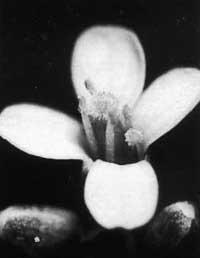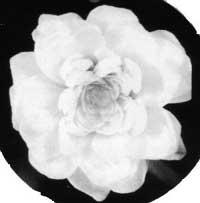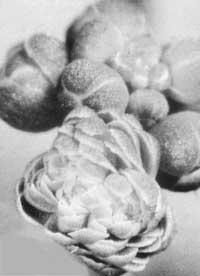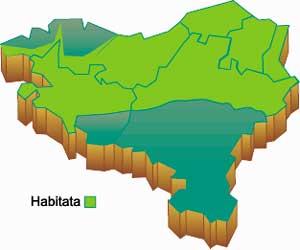Unknown flowers
1994/04/01 Elhuyar Zientzia Iturria: Elhuyar aldizkaria



It is induced genetic manipulations and in a first phase the stamens become petals.
Another mutation allows obtaining a fully foliated flower.
In the United States, in the laboratories of the California Institute of Technology in Pasadena, Professor Elliot Meyerowitz has grown in the world unique flowers. Some have leaves instead of petals or pistils instead of stamens. These curious flowers are the result of genetic manipulation.
Gardeners learned to create new flowers by cross-pollinating or selecting hybrids. Thus arises a series of tulips and roses that did not exist in the last century. This also produces maize, rice and wheat hybrids. They are classical methods in which, after mixing thousands and thousands of genes (in products obtained at random), the specimens with the most interesting characteristics are selected.
Professor Mayerowitz's procedure is not classical, because chance has no influence here. First, it has determined which genes control the different stages in the formation of the different organs of the flower, to later replace the genes that best suit it with other mutation genes obtained in the laboratory. For her trials she has selected a small plant from the mustard family, Arabidopsis thaliana. The choice of this species is due to its lack of genes, but it is expected that it can be used in plants of great importance in human food.
As in other living organisms, in the plant embryo a group of genes (Homeobox or Hox) thoroughly control the development. These Hox genes are activated in their specific time, in a specific environment and for a certain duration. Then they should not influence because otherwise malformations and uncontrolled cell growth occur.
The team of Professor Meyerowitz has identified in the species Arabidopsis thaliana the role and sequence of activation of each gene due to mutation in different Hox genera. Genes that control the formation of leaves, petals, sepals, and other flower organs have been identified. These genes are similar and seem to be specialized in the same origin. Changing these genes is the flowering system around the world.

Gai honi buruzko eduki gehiago
Elhuyarrek garatutako teknologia



